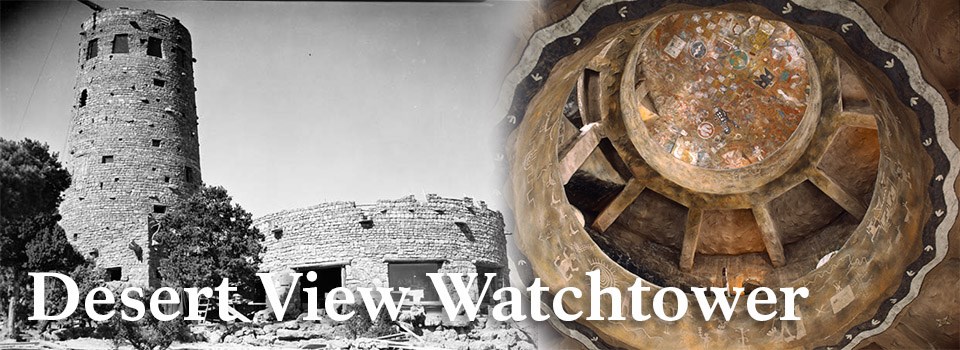
The Desert View Watchtower (1932) dominates the near view. This structure was designed by Mary Elizabeth Jane Colter who is often referred to as the architect of the southwest. She traveled throughout the southwest to find inspiration and authenticity for her buildings. The architecture of the ancestral Puebloan people of the Colorado Plateau served as her model. This particular tower was patterned after those found at Hovenweep and the Round Tower of Mesa Verde. Colter indicated that it was not a copy of any that she had seen, but rather modeled from several. 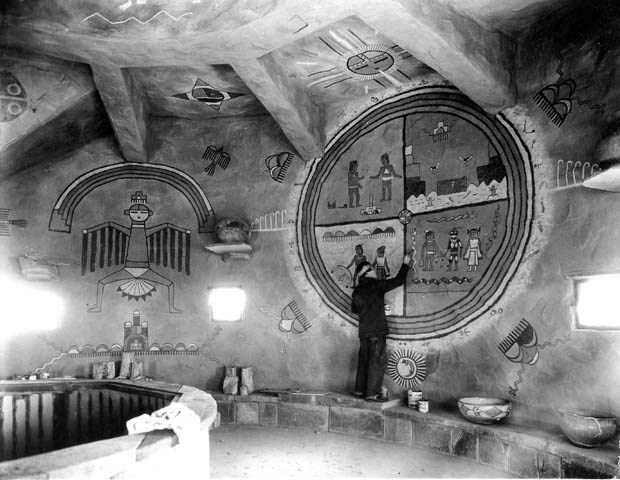
The Kiva Room, which for years was used as retail space, in 2015 was returned to the open area that Mary Colter had intended, since the room was originally designed to be a rest area. It was here that visitors to the canyon in the 1930’s could sit in comfort and have outstanding views of the canyon. The fireplace is unique in that it does not block the view for visitors. Gaze into one of the reflectoscopes and see a different perspective of the canyon. 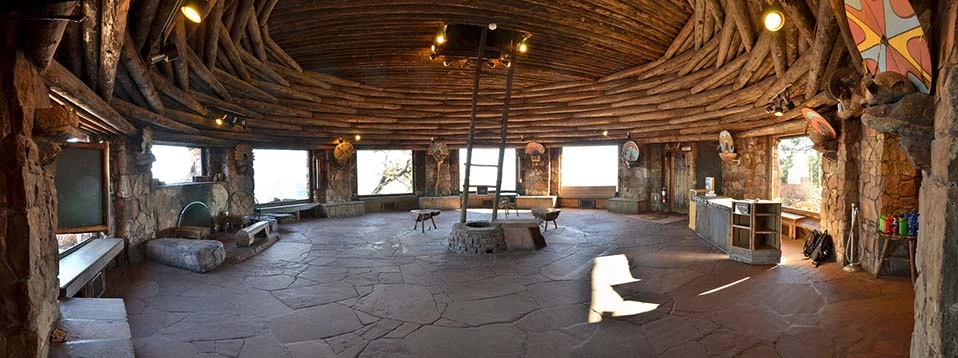
Visit our keyboard shortcuts docs for details
Perched on the edge of Grand Canyon, a surprising stone tower celebrates ancient mysteries of the Southwest. The Desert View Watchtower is a monument to a time, a place and a people. Discover what inspired architect Mary Colter to build the Watchtower in 1932. 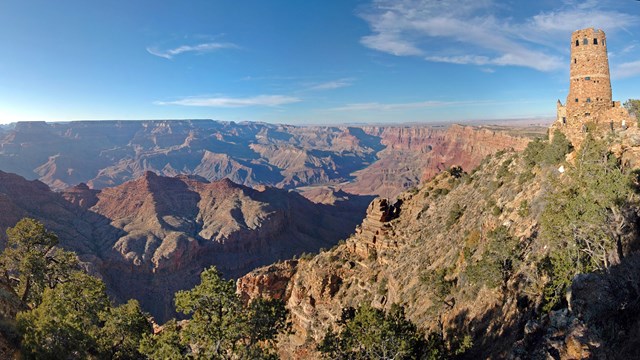
Desert View Watchtower (1932)
Continue to the Desert View Watchtower photo gallery on Flickr. 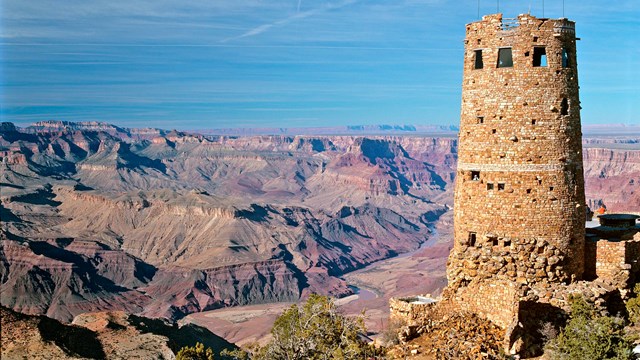
Desert View Watchtower History Continued
Learn more about the Desert View Watchtower on Arizona State University's Nature, Culture, and History at Grand Canyon website. 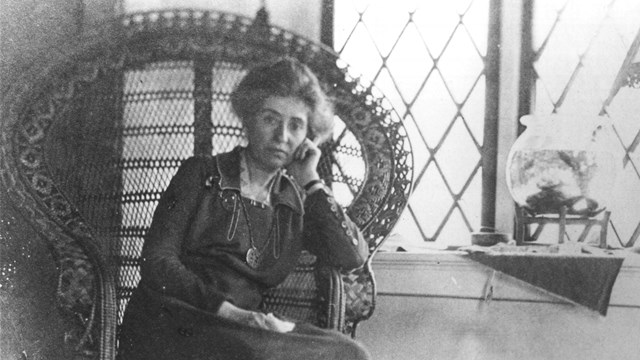
Mary Colter's Buildings
Mary Colter was the chief architect and decorator for the Fred Harvey Company from 1902 to 1948. 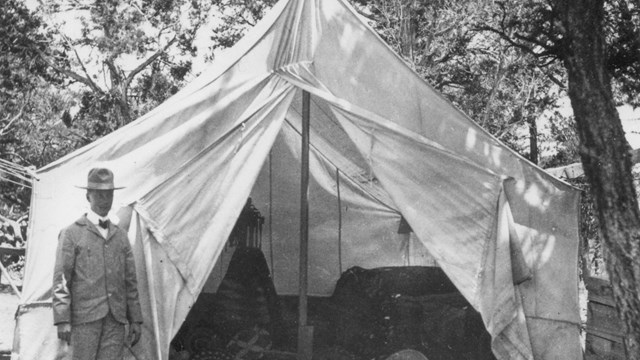
Entrepreneurs
After the Santa Fe Railroad started bringing visitors to the canyon, entrepreneurs came to the canyon to make their fortune. 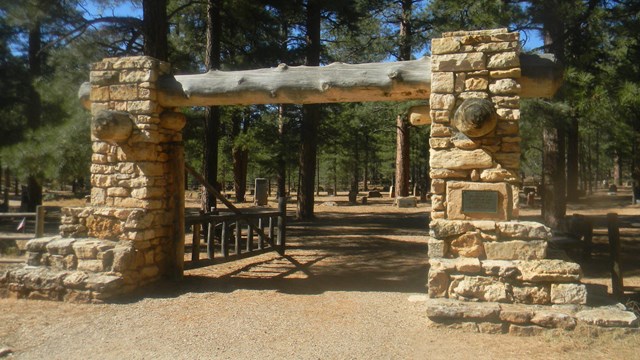
People
Passing through or calling the canyon home, many people have influenced the development and protection of Grand Canyon. |
Last updated: September 21, 2019
